Stretching 200 miles across four barrier islands that separate mainland North Carolina from the Atlantic Ocean, the Outer Banks (also known as OBX) offers a diversity of landscapes, from pristine protected beaches to marshes to stunning gardens to seriously large sand dunes. In addition to one of the oldest and most mysterious histories in the United States, there are a plethora of things to do in the Outer Banks, North Carolina — for couples, families, solo travel, and girls’ getaways!
Oh, and don’t forget this is the place on which the Netflix hit series “Outer Banks” is based.
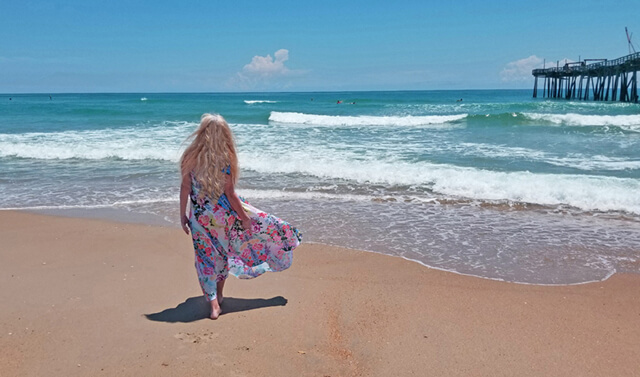
There can be no doubt that the biggest draw to the Outer Banks is the miles of pristine beaches and windswept dunes. The four barrier islands form a golden sand oasis beckoning all to come and enjoy. Cape Hatteras National Seashore is a regular on many top beaches lists, including “America’s Top 10 Beaches” by renowned expert, Dr. Beach.
My favorite beaches are along the protected Cape Hatteras National Seashore. Stretching over 70 miles from Bodie Island in the north to Ocracoke Island in the far south, it includes the infamous “Graveyard of the Atlantic” area, named for its deadly currents and storms.
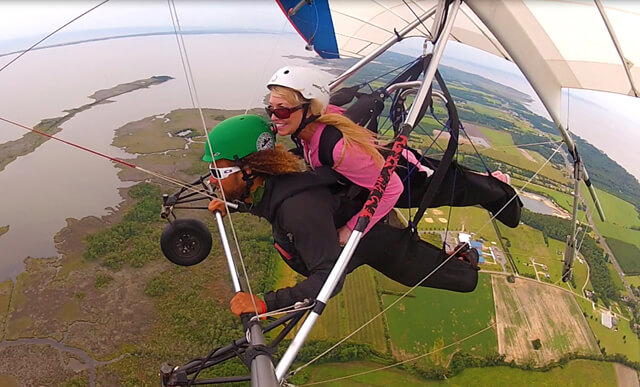
I experienced my first, and most memorable, hang gliding in OBX. There are two ways a novice can hang glide. One is to take a lesson and then strap on a small pair of wings and jump off the dunes; the other is to fly tandem with a trained pilot at heights from 2,000 ft. up to one mile over the earth, no experience necessary. I chose the second option.
A small ultralight plane towed us up into the atmosphere. When we reached our mile-high altitude, the tow rope was released and we began soaring, untethered, over picturesque Currituck Sound. My favorite part was having the opportunity to steer the glider myself! A hang gliding experience is more surreal than adrenaline, and I highly recommend it for just about anyone.

One of my favorite pastimes in OBX is renting a kayak in the morning for a journey through the Manteo marshland. We rented a tandem kayak right on the Manteo boardwalk and launched just a few steps away. You can take a tour, but it’s also very easy to do your own paddle at your own pace.
Our paddle began near the bridge in Manteo Sound then around the Roanoke Island Festival Park – an interactive historical replication of the first English settlement in the United States. You’ll paddle next to the Elizabeth II ship, the main attraction of the park that stretches nearly 25 acres. The Elizabeth II is one of the seven English ships from the Roanoke Voyage of 1585 to America.
We also floated past the small Roanoke Marshes Light, meant for guiding sailors around the shallow sound. Once on land, you are able to tour the charming lighthouse and walk along the surrounding boardwalk.
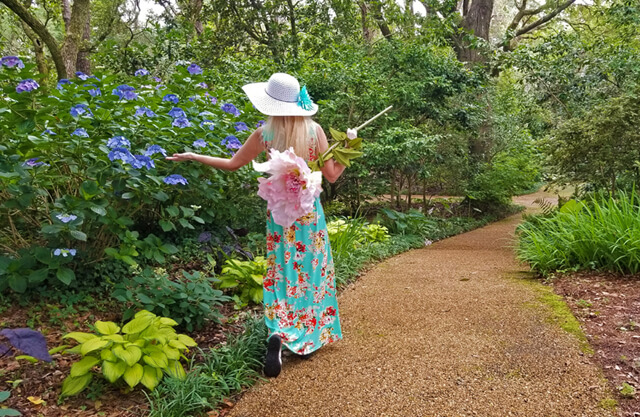
Stroll through the Elizabethan Gardens located on Roanoke Island as part of the Fort Raleigh National Historic Site, The gardens memorialize the courageous English colonists and first attempted settlement in the new world. You will find statues of Queen Elizabeth, elaborate flower-lined walkways, 500 different species of plants, and over 10.5 acres of gardens. While visiting in June, the hydrangeas were simply gorgeous; vibrant, exhibiting every degree and mix of blue, pink, magenta, and white you could imagine.
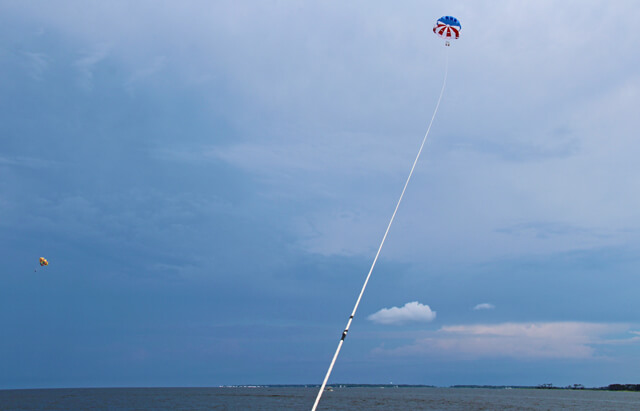
If you want to get a birds-eye view of the marshes, beaches, and coastline of the OBX, try soaring on a parasail tethered to a motorboat. You are strapped into a harness and as the boat speeds up and the already windy atmosphere swiftly lifts the parachute up into the sky. As the boat skims the shore, the changing coastline gives a magnificent view. Oh, and don’t be surprised if your captain also treats you to a bit of a splash! It was a great wake up call for our early morning parasail adventure!
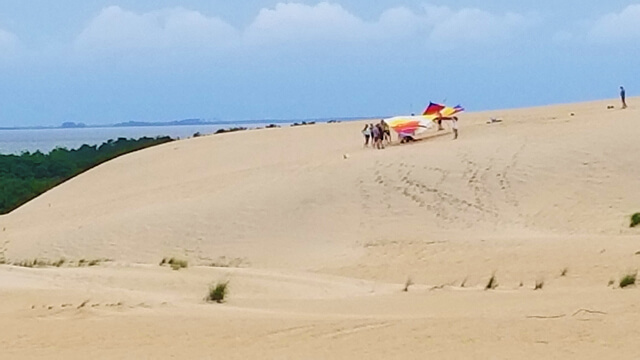
Jockey’s Ridge State Park in Nags Head is home to the tallest living natural sand dune on the East Coast, fluctuating between 60 and 100 feet tall and encompassing some 30 million tons of sand for a total area of 426 acres. Visitors flock to Jockey’s Ridge to fly kites, go sandboarding, try hang gliding lessons, or simply just catch the spectacular sunset over the dunes.
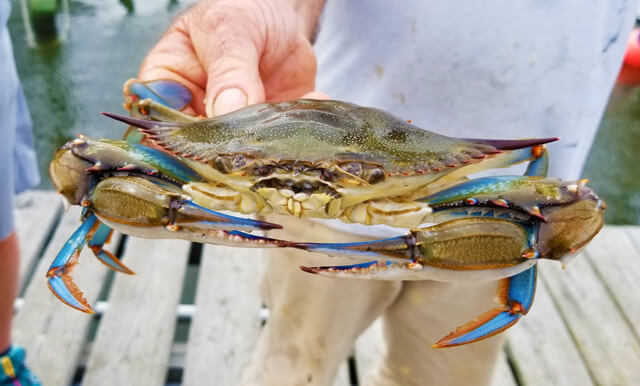
The Outer Banks is known for its delicious seafood, especially blue crabs. Crabbing is popular on OBX beaches, from May through July and you can hire a boat with a crabbing captain to take you out into the sea to find the delicious creatures.
After your crabbing excursion, head to the O’Neal fishery to see first-hand how the blue crabs are processed. Keeping with the seafood theme, nearby Oden’s Dock is area of frenetic activity. It’s a constant flurry of fishermen offloading their catch of the day from their boats. You never know what you’ll see, and it’s a great photo op.
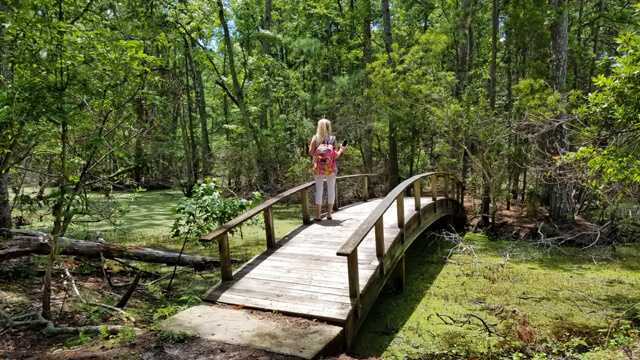
Nags Head Woods Preserve is a fascinating ecological diversity of ponds, marshes, swamps, and 1,400 acres of pristine deciduous forest. There are seven pedestrian-only hiking trails of different lengths and difficulty from which to take in the unique habitats and view 300 species of plants and more than 50 species of indigenous wildlife.
The Preserve also hosts a rich Outer Bank’s cultural history. From the mid-1800s until the 1930s, Nags Head Woods was a thriving village community with 13 homesteads, two churches, a school, a store, farms, a gristmill, and a shingle factory. Artifacts remain of village life: a home foundation, cemeteries, and other signs of previous human habitation in the forest.
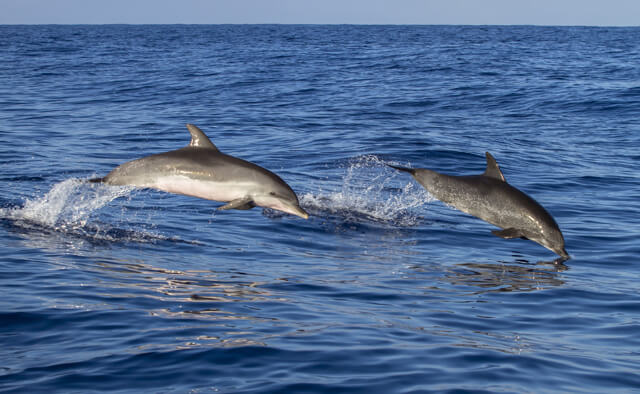
To meet the real locals, hop on a two-hour cruise in the protected waters off the Outer Banks. Finding bottlenose dolphins in the shallow Roanoke Sound is a great family activity and a big hit with small children or grandchildren. Since the lagoon is close to where the dolphins live and play, the large pontoon boats have over a 98% success rate of seeing dolphins thriving in their natural habitat.
Our Naturalist, Waverly, was a big hit with the many small children or grandchildren on our cruise. The perfect combination of sweet and knowledgeable, the youngsters flocked around her like the Pied Piper as she made facts even more interesting by getting them involved with activities. Waverly was able to identify two of the well-known dolphins, Rake and Cola, by the shape and markings of their dorsal fins. The friendly mammals bobbed and weaved through the calm water alongside our vessel.
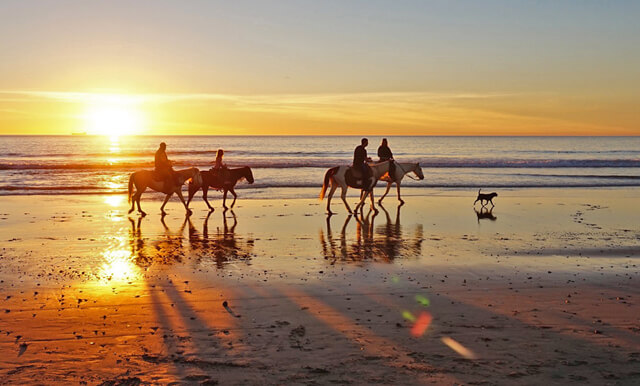
A casual ride on horseback is a great way to explore the OBX coastal habitat. Guides lead tourists at their desired pace, allowing ample opportunity to take in the natural beauty of the coastline, the maritime forest, and the Cape Hatteras Lighthouse on the trail.
The horses are gentle and no experience is required. Riders are matched to horses based on their size, experience, and comfort levels, and as young as ten years old can participate. The horses know the way and what to do, so all you have to do is sit and enjoy the sight, smell, and sounds of the beach.
